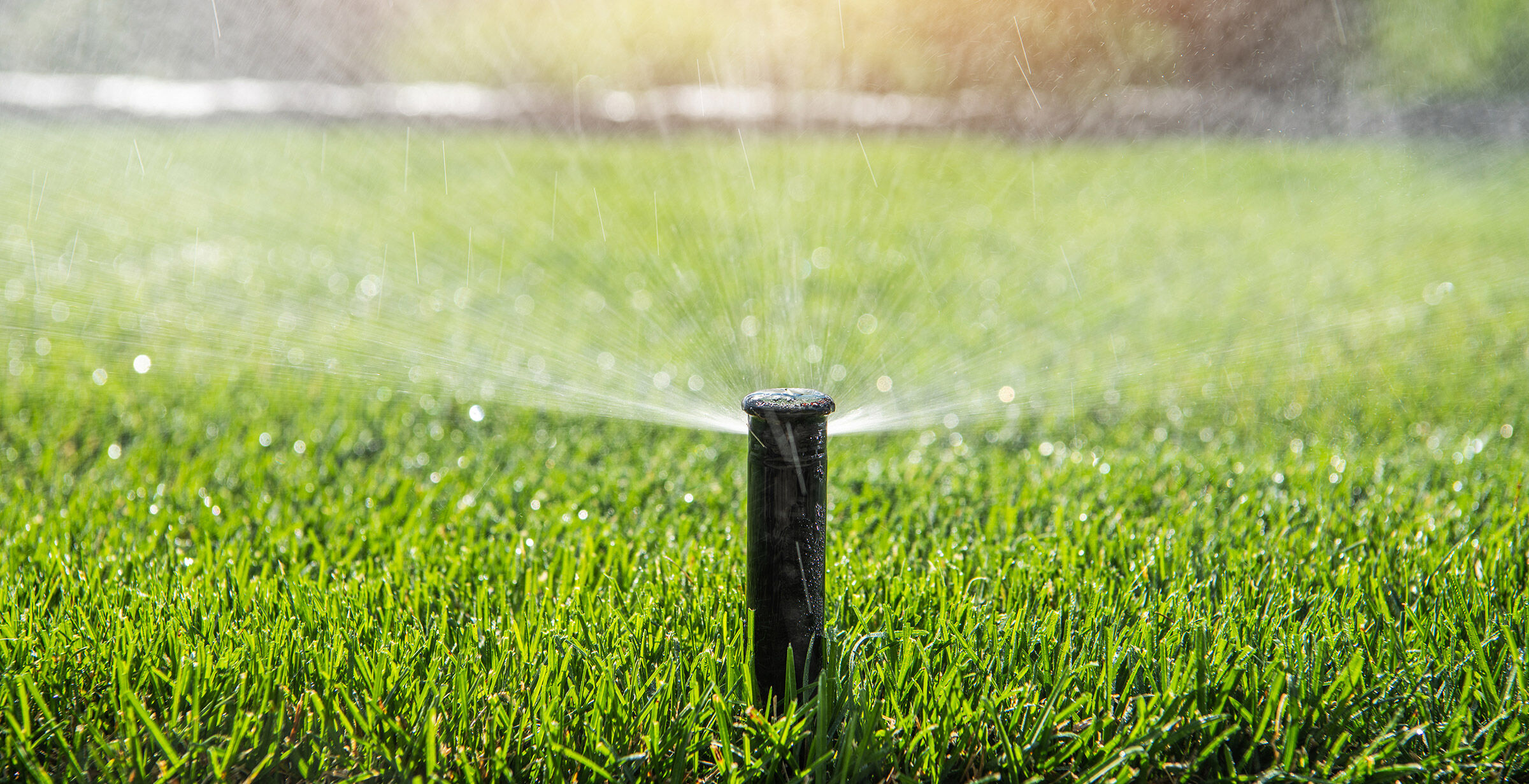
THE PRODUCT:
Spray sprinkler bodies are used as part of in-ground irrigation systems.
THE STANDARD:
There are no national standards for spray sprinkler bodies. They have a recommended operating water pressure, but in most cases the actual operating pressure is significantly higher, which results in wasted water, misting, and uneven coverage. The WaterSense specification for lawn spray sprinklers, which was issued in 2017, applies to the sprinkler body (the exterior shell of the spray sprinkler that connects to the irrigation system piping and houses the spray nozzle). The specification effectively requires that sprinkler bodies contain internal pressure regulation. Spray sprinkler bodies that meet the WaterSense specification can reduce water use by about 18% on average.
In 2018, Vermont adopted state standards based on the WaterSense specification.
Colorado, the District of Columbia, Hawaii, Massachusetts, Rhode Island, Washington, and California followed Vermont in adopting standards based on the WaterSense specification.
KEY FACTS:
According to the Environmental Protection Agency (EPA), more than 30% of all residential water use is used outdoors, and up to 50 percent of all that outdoor water use is wasted due to inefficient irrigation methods and systems. EPA estimates that roughly 10% of current irrigation systems use sprinkler bodies with internal pressure regulation.
ASAP estimates that if every state adopted the WaterSense specification for lawn spray sprinklers as a standard, by 2025 the US would save 141 billion gallons of water annually.